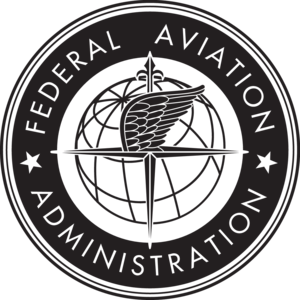House Transportation Committee Urges DOT and FAA to Meet Deadlines for Expanding Drone Operations
Lawmakers have pressed the Department of Transportation (DOT) and Federal Aviation Administration (FAA) to prioritize timely implementation of the FAA Reauthorization Act of 2024, specifically focusing on enabling beyond visual line of sight (BVLOS) drone operations. This regulation, referred to as Part 108, is critical for the U.S. drone industry’s growth and competitiveness: enabling profitable operations for a wide variety of applications.
The letter from the House Committee on Transportation and Infrastructure stresses the importance of regulatory certainty to foster innovation in the drone sector. The Committee argues that the current system of granting individual waivers for BVLOS operations lacks efficiency, limits scalability, and hampers the integration of drones into the National Airspace System (NAS).
The Importance of Part 108 in FAA Reauthorization Act of 2024
The FAA Reauthorization Act, signed into law on May 16, 2024, directs the FAA to develop a consistent regulatory framework for BVLOS drone operations, marking a crucial shift from the current approach. Under Section 930 of the Act, the FAA must issue a notice of proposed rulemaking (NPRM) within four months and finalize the rule within twenty months. However, the NPRM deadline has passed, and the FAA has indicated a potential delay in issuing the proposed rule until January 2025.
“Providing a clear and predictable regulatory pathway for American innovators to integrate advanced UAS operations into the National Airspace System is critical to ensuring safety and our competitive edge in this growing sector,” the Committee wrote. A BVLOS rule, once finalized, will allow drone operations to expand more effectively in sectors like public safety, medical transport, logistics, and agriculture.
The Challenges of the Current BVLOS Waiver System
Despite the FAA’s efforts to increase the pace issuing waivers, the system creates a burden for both the agency and drone companies. In the letter, the Committee says that the FAA’s waiver-based approach has become cumbersome:”the current process is not sustainable and has created complexity, delays, and fosters uncertainty which stifles innovation.”
Lawmakers argue that moving to a rule-based approach will “help unlock the full benefits of BVLOS operations across local communities and our National economy,” enabling the drone industry to operate more broadly in essential areas. With a final rule, the industry could transition from one-off waivers to a predictable regulatory framework, enhancing scalability and reliability for operators.
Lawmakers Call for Urgent Action from DOT and FAA
The Committee has requested the DOT and FAA to accelerate their efforts toward finalizing the BVLOS framework as required by law. In their letter, they urge the agencies to avoid further delays and notify them of any anticipated obstacles that could hinder implementation. The lawmakers stated, “We request that you notify us of any anticipated implementation delays, as well as how the Department will work expeditiously to address such delays.”
If the BVLOS rule can be implemented as planned, it will be a significant milestone for the U.S. drone industry, ensuring that American innovation continues to flourish while maintaining safety and security in the airspace.
Read more:
Want DRONELIFE news delivered to your inbox every weekday? Sign up here.
Miriam McNabb is the Editor-in-Chief of DRONELIFE and CEO of JobForDrones, a professional drone services marketplace, and a fascinated observer of the emerging drone industry and the regulatory environment for drones. Miriam has penned over 3,000 articles focused on the commercial drone space and is an international speaker and recognized figure in the industry. Miriam has a degree from the University of Chicago and over 20 years of experience in high tech sales and marketing for new technologies.
For drone industry consulting or writing, Email Miriam.
TWITTER:@spaldingbarker
Subscribe to DroneLife here.


